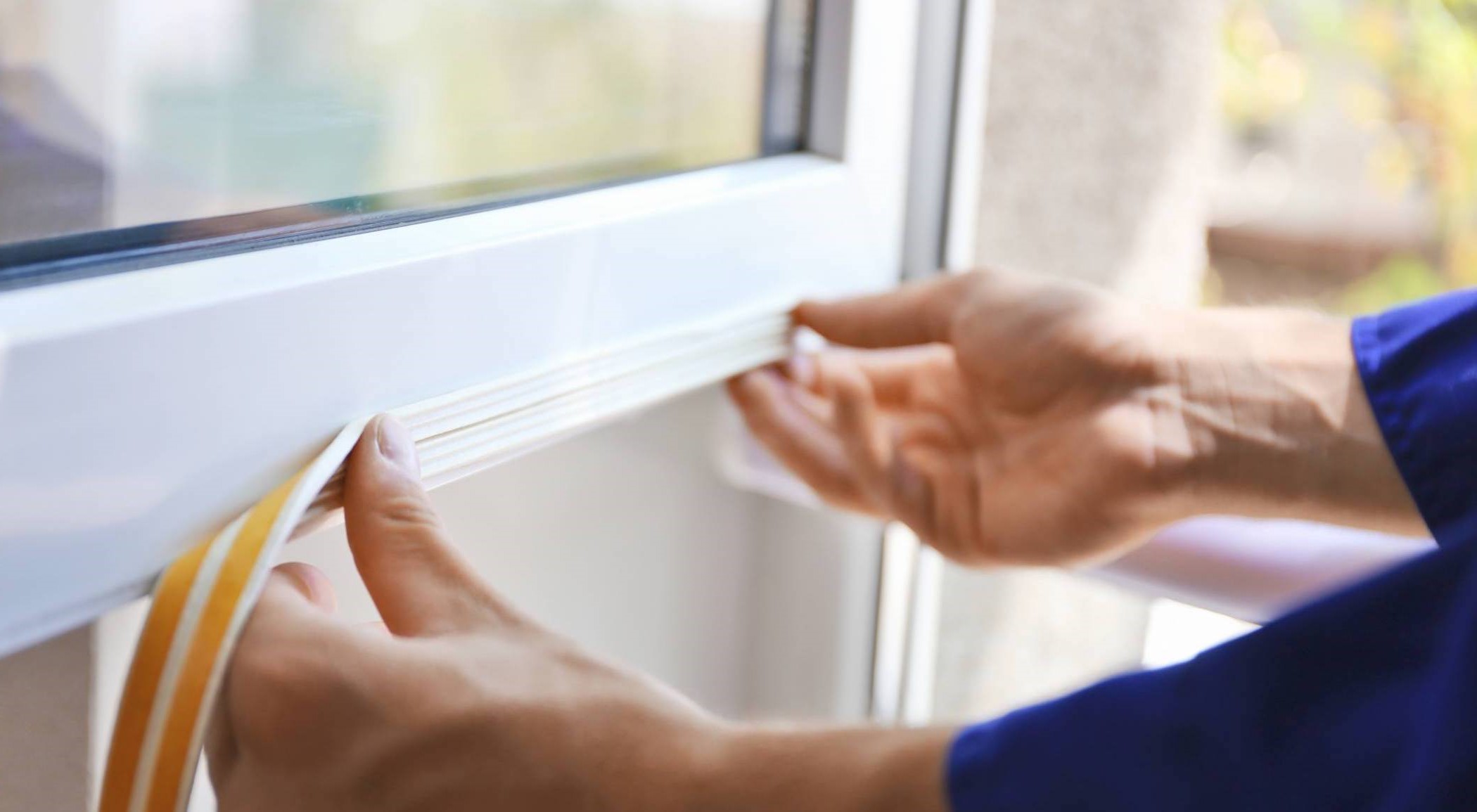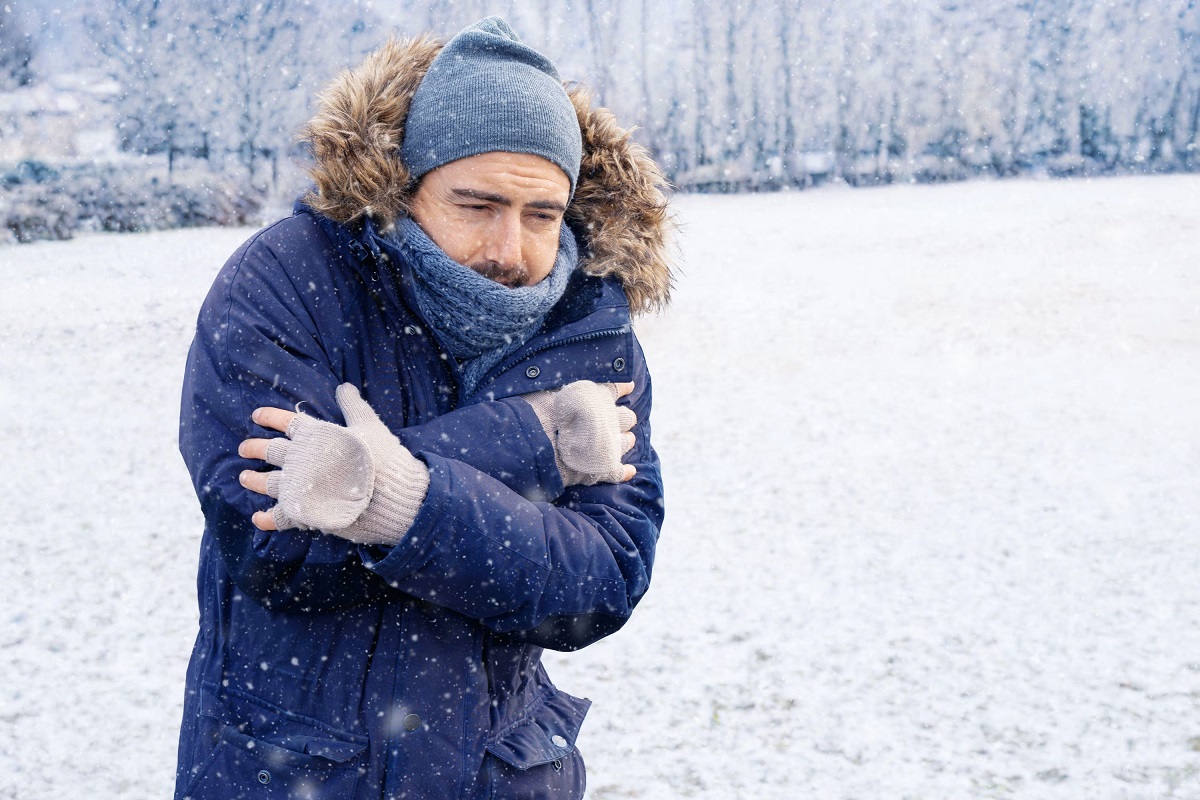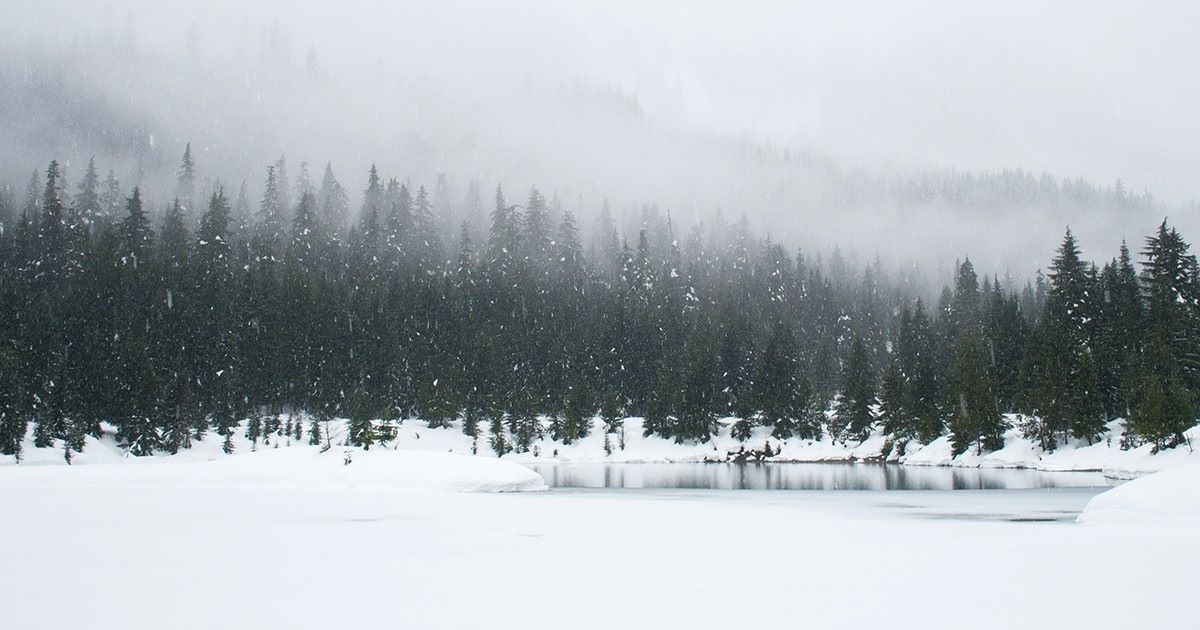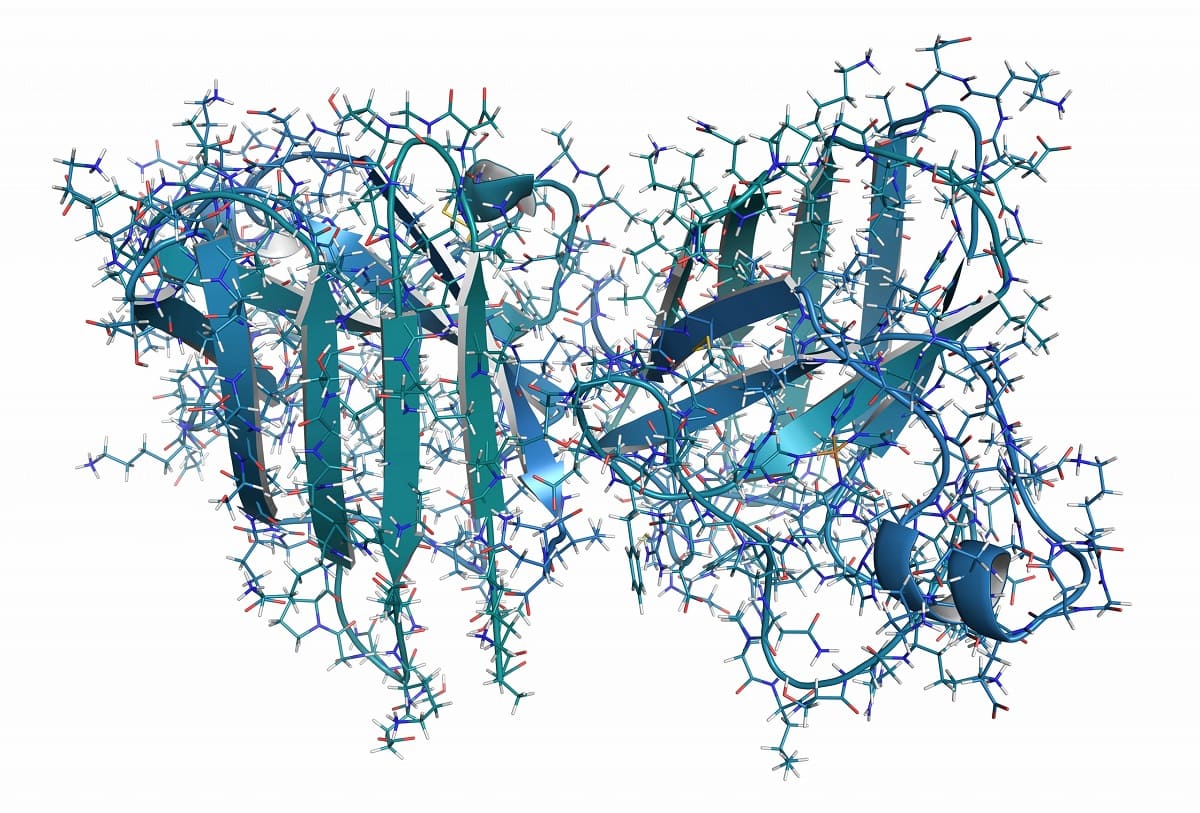Home>Health & Nutrition>Effective Tape For Cold Weather


Health & Nutrition
Effective Tape For Cold Weather
Published: March 4, 2024
Stay warm and active in cold weather with our effective health and nutrition tape. Protect yourself from the elements and maintain your wellness. Order now!
(Many of the links in this article redirect to a specific reviewed product. Your purchase of these products through affiliate links helps to generate commission for Temperatures.com, at no extra cost. Learn more)
Table of Contents
Benefits of Using Cold Weather Tape
-
Protection from the Elements: Cold weather tape provides a reliable barrier against harsh weather conditions, such as freezing temperatures, snow, and ice. It shields surfaces from moisture, preventing damage and corrosion.
-
Enhanced Safety: By securing loose items and preventing ice buildup, cold weather tape contributes to a safer environment. It reduces the risk of accidents caused by slippery surfaces or falling objects.
-
Preservation of Surfaces: The application of cold weather tape helps to maintain the integrity of various surfaces, including metal, plastic, and glass. It prevents cracking, warping, and other forms of deterioration caused by extreme cold.
-
Versatility: Cold weather tape is designed to adhere to a wide range of materials, making it a versatile solution for different applications. Whether used on outdoor equipment, vehicles, or household items, it offers reliable protection in diverse settings.
-
Cost-Effective Maintenance: By safeguarding surfaces from cold-related damage, cold weather tape helps to reduce the need for frequent repairs or replacements. This can lead to long-term cost savings and minimize the inconvenience of addressing weather-related issues.
-
Ease of Application: Many cold weather tapes are designed for easy application, allowing users to quickly and effectively protect surfaces without the need for specialized tools or expertise.
-
Flexibility: Cold weather tape maintains its adhesive properties even in low temperatures, ensuring that it remains effective in challenging weather conditions. This flexibility makes it a dependable solution for year-round use in cold climates.
-
Peace of Mind: Knowing that surfaces are shielded by cold weather tape provides peace of mind, especially during extreme weather events. It offers reassurance that valuable assets and equipment are protected from the detrimental effects of cold weather.
-
Environmental Protection: Cold weather tape can contribute to environmental sustainability by extending the lifespan of items and reducing the consumption of resources through the preservation of surfaces and equipment.
-
Customization: Some cold weather tapes are available in various sizes and colors, allowing users to customize their protective measures according to specific needs and preferences.
In summary, the benefits of using cold weather tape encompass protection, safety, versatility, cost-effectiveness, ease of application, and peace of mind. These advantages make it a valuable asset for safeguarding surfaces and equipment in cold weather conditions.
Read more: The Effects Of Heating Water
Types of Effective Tape for Cold Weather
When it comes to protecting surfaces and equipment in cold weather, choosing the right tape is crucial. Several types of cold weather tape are specifically designed to withstand low temperatures and harsh conditions, offering reliable solutions for various applications.
-
Vinyl Tape: Known for its durability and flexibility, vinyl tape is a popular choice for cold weather applications. It maintains its adhesive properties in low temperatures, making it suitable for outdoor use. Vinyl tape is often used to seal seams, repair damaged surfaces, and provide insulation against the cold.
-
Butyl Rubber Tape: This type of tape is highly resistant to extreme temperatures and provides excellent waterproofing properties. Butyl rubber tape adheres well to metal, plastic, and concrete surfaces, making it a versatile option for sealing joints, repairing leaks, and protecting outdoor equipment from the elements.
-
Aluminum Foil Tape: With its heat-reflective and moisture-resistant properties, aluminum foil tape is well-suited for cold weather conditions. It is commonly used for insulation, HVAC applications, and sealing seams in ductwork. The reflective surface of aluminum foil tape helps to maintain temperature stability and prevent heat loss in cold environments.
-
Acrylic Adhesive Tape: Acrylic adhesive tape is designed to maintain strong adhesion in low temperatures, making it an effective solution for cold weather applications. It is often used for outdoor repairs, securing insulation, and sealing seams in construction projects. Acrylic adhesive tape offers reliable performance and durability in cold climates.
-
Silicone Tape: Silicone tape is valued for its resistance to extreme temperatures and weather conditions. It remains flexible and adhesive in cold weather, making it suitable for outdoor repairs, electrical insulation, and sealing leaks in plumbing systems. Silicone tape provides a reliable barrier against moisture and can withstand freezing temperatures without losing its effectiveness.
-
Double-Sided Tape: This versatile tape is designed to adhere to various surfaces and materials, making it a practical choice for cold weather applications. Double-sided tape is commonly used for mounting objects, securing insulation, and creating weather-resistant seals. Its strong adhesive properties make it a valuable tool for cold weather projects.
-
Fiberglass Tape: Ideal for reinforcing and repairing surfaces in cold weather, fiberglass tape offers strength and resilience. It is commonly used in construction, HVAC systems, and industrial applications to provide structural support and insulation. Fiberglass tape is resistant to temperature fluctuations and offers long-lasting performance in cold environments.
Choosing the most suitable type of cold weather tape depends on the specific requirements of the application, the materials involved, and the environmental conditions. By selecting the appropriate tape, individuals and businesses can effectively protect surfaces, equipment, and structures from the challenges of cold weather.
In summary, the diverse range of cold weather tapes, including vinyl tape, butyl rubber tape, aluminum foil tape, acrylic adhesive tape, silicone tape, double-sided tape, and fiberglass tape, offers versatile solutions for addressing the unique demands of cold weather environments. Each type of tape brings its own set of benefits and applications, providing valuable options for safeguarding against the effects of low temperatures and harsh weather conditions.
How to Properly Apply Cold Weather Tape
Proper application of cold weather tape is essential to ensure effective protection against the elements. Whether sealing seams, repairing surfaces, or providing insulation, the following steps outline the best practices for applying cold weather tape:
-
Surface Preparation: Begin by cleaning the surface where the tape will be applied. Remove any dirt, debris, or moisture to ensure proper adhesion. For optimal results, use a cleaning solution recommended for the specific surface material.
-
Measure and Cut: Carefully measure the length of tape needed for the application and cut it to the appropriate size. Use sharp scissors or a utility knife to achieve clean, precise cuts.
-
Peel and Position: Gently peel off the backing of the tape to expose the adhesive side. Position the tape carefully, ensuring it aligns with the surface and any adjoining materials. Apply gentle pressure to secure the initial placement.
-
Smooth Application: Gradually apply the tape along the intended area, smoothing it out to eliminate air pockets and ensure full contact with the surface. Pay attention to corners, edges, and irregular surfaces to achieve a secure bond.
-
Firm Adhesion: Once the tape is in place, firmly press it onto the surface to enhance adhesion. Use a roller or a flat tool to ensure the tape adheres uniformly and securely, especially in cold weather conditions.
-
Seal and Overlap: When applying multiple strips of tape or creating overlapping layers, ensure a tight seal between the edges. Overlapping the tape provides enhanced protection and prevents moisture or cold air from penetrating the seams.
-
Temperature Considerations: Take into account the temperature conditions during application. Some cold weather tapes may require a specific temperature range for optimal adhesion. Follow the manufacturer's guidelines to ensure proper performance.
-
Inspect and Test: After applying the tape, inspect the installation to verify that it is securely in place and free from defects. Test the adhesion by gently tugging on the edges to ensure a strong bond with the surface.
-
Additional Protection: Depending on the application, consider applying a protective layer over the tape to shield it from external elements and prolong its effectiveness. This additional step can further enhance the durability of the tape in cold weather environments.
By following these guidelines for proper application, individuals and professionals can maximize the effectiveness of cold weather tape, ensuring reliable protection and long-term performance in challenging weather conditions.
Tips for Choosing the Right Cold Weather Tape
When selecting cold weather tape for specific applications, several factors should be considered to ensure optimal performance and long-term durability. Here are essential tips for choosing the right cold weather tape:
1. Temperature Range Compatibility
Different cold weather tapes are designed to withstand specific temperature ranges. It is crucial to consider the lowest and highest temperatures the tape will be exposed to. Ensure that the selected tape is rated for the anticipated temperature fluctuations to maintain its adhesive properties and protective capabilities in extreme cold conditions.
Read more: The Best Glue For Cold Weather
2. Material Compatibility
Consider the surface or material to which the tape will be applied. Certain tapes are formulated to adhere effectively to specific materials such as metal, plastic, glass, or concrete. Verify that the chosen tape is compatible with the surface to ensure proper adhesion and long-lasting performance.
3. Waterproof and Moisture Resistance
In cold weather environments, moisture and water resistance are critical factors. Choose a cold weather tape with excellent waterproofing properties to prevent the penetration of moisture, ice, or snow. This is particularly important for outdoor applications and surfaces exposed to harsh weather conditions.
4. Flexibility and Conformability
Opt for a cold weather tape that offers flexibility and conformability, especially for irregular or uneven surfaces. The ability of the tape to conform to contours and maintain adhesion on challenging surfaces is essential for creating a reliable barrier against cold weather elements.
5. UV Resistance
For outdoor applications, UV resistance is essential to prevent degradation and maintain the tape's effectiveness over time. UV-resistant cold weather tape can withstand prolonged exposure to sunlight without deteriorating, ensuring long-term protection in outdoor environments.
6. Strength and Durability
Evaluate the strength and durability of the tape in relation to the intended use. Whether it is for sealing seams, repairing surfaces, or providing insulation, the tape should offer robust adhesion and resistance to tearing, ensuring reliable performance in cold weather conditions.
7. Ease of Application
Consider the ease of application, especially in cold weather environments. Some cold weather tapes are designed for easy handling and application, even in low temperatures. Choosing a tape that can be applied efficiently without specialized tools or extensive preparation can streamline the installation process.
8. Environmental Impact
For environmentally conscious applications, consider cold weather tapes that are manufactured with eco-friendly materials and adhesives. Selecting tapes that align with sustainability goals can contribute to environmentally responsible practices while providing effective cold weather protection.
By considering these essential tips, individuals and businesses can make informed decisions when choosing cold weather tape, ensuring that it meets the specific requirements of the application and delivers reliable protection in cold weather conditions.
Precautions When Using Cold Weather Tape
When utilizing cold weather tape for various applications, it is essential to observe certain precautions to optimize its effectiveness and ensure safe and reliable performance in cold weather conditions.
Read more: Top Winter Gloves For Cold Weather
1. Surface Preparation
Before applying cold weather tape, thoroughly clean and dry the surface to remove any dirt, debris, or moisture. Proper surface preparation is crucial for promoting strong adhesion and preventing potential issues such as peeling or inadequate sealing.
2. Adhesion Compatibility
Verify that the selected cold weather tape is compatible with the specific material or surface to which it will be applied. Different tapes are formulated to adhere effectively to certain materials, and using an incompatible tape may result in poor adhesion and compromised performance.
3. Temperature Considerations
Take into account the temperature range during the application of cold weather tape. Some tapes may require a minimum temperature for optimal adhesion. Adhering to the manufacturer's temperature guidelines ensures that the tape bonds securely to the surface, even in cold weather conditions.
4. Overlapping and Sealing
When applying multiple strips of tape or creating overlapping layers, ensure a tight seal between the edges to prevent moisture or cold air from penetrating the seams. Properly overlapping the tape enhances its protective capabilities and contributes to long-term durability.
5. UV Exposure
For outdoor applications, consider the potential exposure to ultraviolet (UV) radiation. If the tape will be exposed to sunlight, select a UV-resistant cold weather tape to prevent degradation and maintain its effectiveness over time, especially in prolonged outdoor use.
6. Flexibility and Conformability
Ensure that the chosen cold weather tape offers flexibility and conformability, particularly for irregular or uneven surfaces. The tape's ability to conform to contours and maintain adhesion on challenging surfaces is essential for creating a reliable barrier against cold weather elements.
7. Manufacturer's Recommendations
Adhere to the manufacturer's guidelines and recommendations for the proper application and usage of the cold weather tape. This includes information on temperature requirements, surface compatibility, and any specific instructions for achieving optimal performance.
By observing these precautions, individuals and professionals can maximize the benefits of cold weather tape while mitigating potential issues and ensuring its effectiveness in safeguarding surfaces and equipment in cold weather environments.











